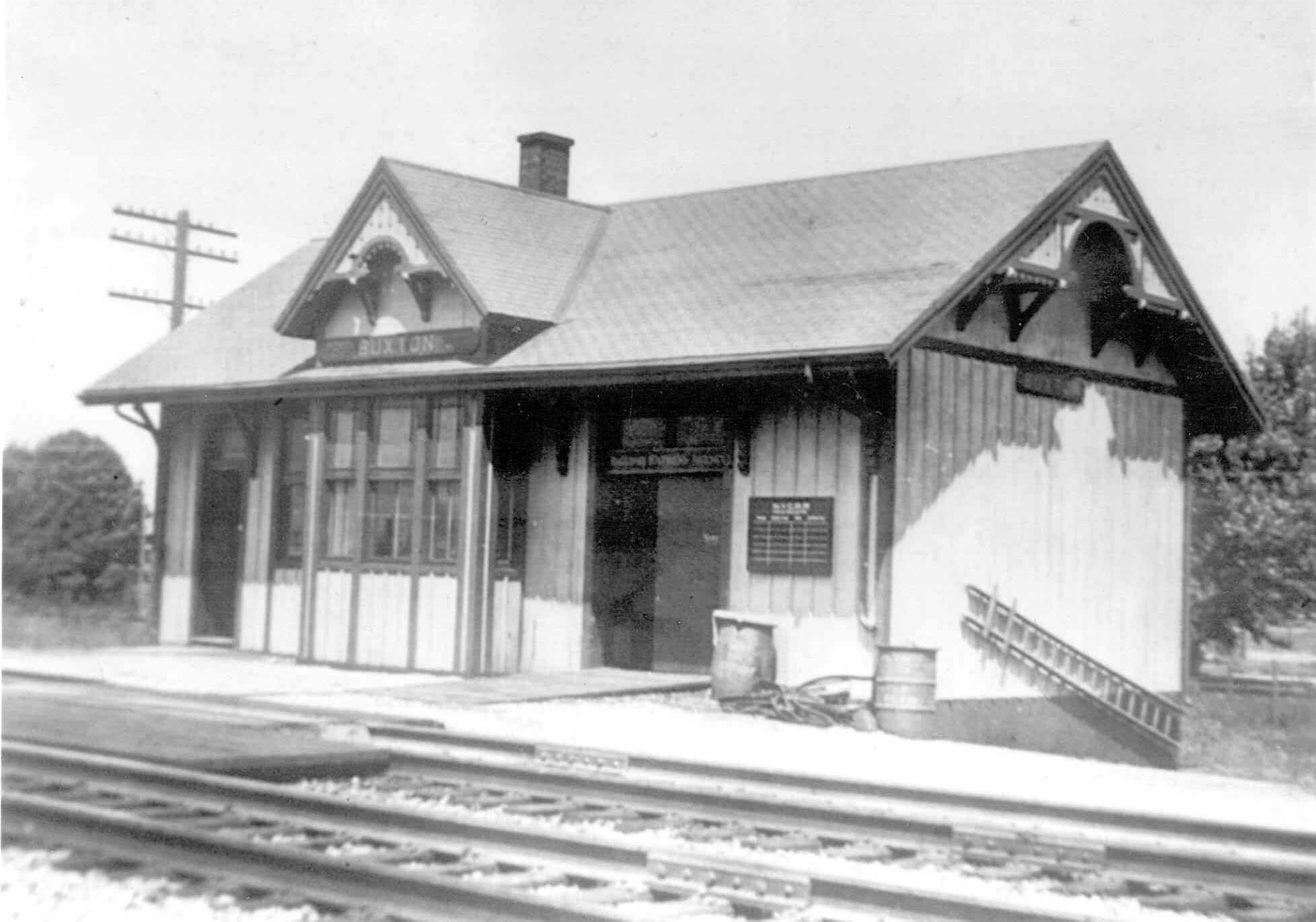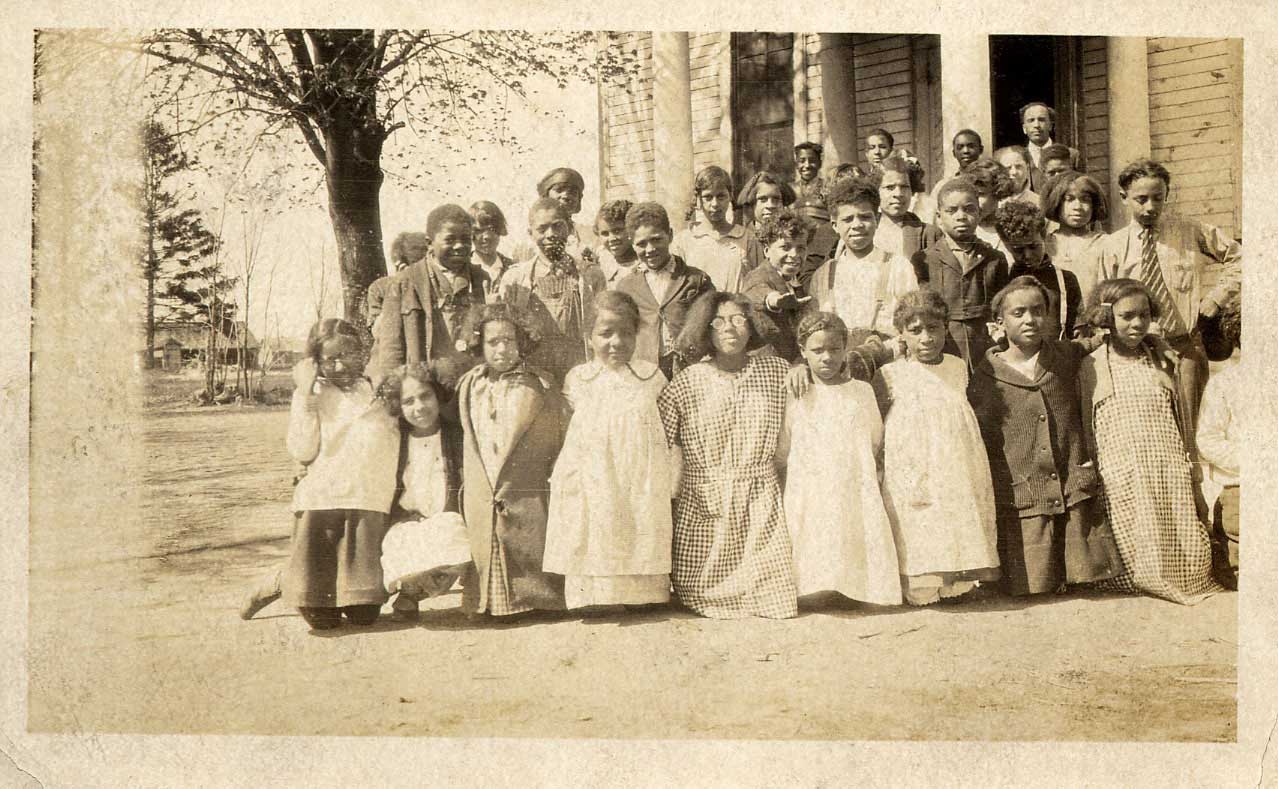TeachingBooks.net is delighted to welcome award-winning author Christopher Paul Curtis as our featured guest blogger.
Each month, we ask one distinguished author or illustrator to write an original post that reveals insights about their process and craft. Enjoy!

Conversations with Characters
by Christopher Paul Curtis

I enjoy writing in the first person. I feel it gives readers immediate insight into a novel’s protagonist; from the beginning of the story they’re inside the head that person—with all the confusion and clarity that it entails. So, when I begin to write a book, I simply sit in a not-too-quiet place (usually the library) and have an internal conversation with whomever it is that’s narrating the work, and I start taking dictation. (Old-timer’s term, look it up.) It’s a fascinating process because so often I learn from this character that the tale I’m set on telling is all wrong.
For that reason, it’s always difficult for me to say when exactly a particular story began. It never ends up being what it started as—rather, it evolves. But just as a paleontologist can use fossil records to glean the roots of a particular species, I can look back at my notes and drafts and if I’m lucky, surmise how I arrived at my final story.

 In the case of The Madman of Piney Woods (Scholastic, 2014), its origin can be found in the pages of Elijah of Buxton (Scholastic, 2007) and in the research I did while I explored Buxton, Ontario. As I visited that town and walked through its fields, it occurred to me that so many dramatic, heartbreaking, and uplifting stories had taken place in this small patch of Canada. I couldn’t believe there hadn’t been more written about it. My second thought was, “I’d better hurry up and get this book done before someone else beats me to the punch!” After I finished writing Elijah, I knew I would be coming back to Buxton. I wanted to learn more about the characters that inhabited that place and those pages.
In the case of The Madman of Piney Woods (Scholastic, 2014), its origin can be found in the pages of Elijah of Buxton (Scholastic, 2007) and in the research I did while I explored Buxton, Ontario. As I visited that town and walked through its fields, it occurred to me that so many dramatic, heartbreaking, and uplifting stories had taken place in this small patch of Canada. I couldn’t believe there hadn’t been more written about it. My second thought was, “I’d better hurry up and get this book done before someone else beats me to the punch!” After I finished writing Elijah, I knew I would be coming back to Buxton. I wanted to learn more about the characters that inhabited that place and those pages.

I’m aware that sequels can be tricky. An author who revives characters that readers have grown to love does so at his or her own peril. And more often than not, a sequel can actually damage the original. I didn’t want to write about Elijah again, so I advanced the story 40 years with another young narrator. Benji Alston came to me easily and soon I was listening to him about his desire to be a newspaperman.
.jpg)
I’m unable to uncover how Alvin “Red” Stockard became an integral part of the book, but while researching Canadian life in the early 20th century I came across information on the Irish Coffin Ships. As I read the descriptions of the conditions on these vessels of death, I couldn’t help thinking about the similarities between them and the slave ships of the 17th, 18th, and 19th centuries. Next thing I knew, I heard the voice of a boy with red hair, the grandson of an Irish immigrant to Canada, who insisted on being part of the story.
As I listened to these boys, I was struck by how similar they were. There were physical and family differences, but they were both 12-year-olds on the verge of discovering their place in the world—and a lasting friendship. It’s clear to me that this is where Piney Woods began.

That is, of course, an oversimplification of the creative and writing process. But as complex as it is, I find it is easiest to understand in its simplest terms. All I know is that when I’m writing a book, my characters set me straight many, many times—and before you know it I have another novel.
If you have half the fun reading it that I did writing it, all is well.
————————–
Photos courtesy of Spencer Alexander, curator of the Buxton Museum.
Text and images may not be reproduced without the express written consent of Christopher Paul Curtis.
————————–
Learn why Christopher Paul Curtis includes Paul in his name.
Use this Meet-the-Author Book Reading featuring Christopher Paul Curtis to introduce The Madman of Piney Woods to students.
See all available teaching resources about Christopher Paul Curtis and his books.


Christopher Paul Curtis’s Bud, Not Buddy is my favorite book to introduce to my students. For years, I taught elementary age students and we read it from cover to cover. One of my students was a first grade boy who lived in foster homes and he loved the story and could relate to it. Jazriel, drew a picture of his favorite memory as an assignment. He drew his mom, dad, and two little babies in a crib having a birthday party. I asked him who the two babies were. He said it was him and his twin sister. I didn’t even know he had a sister. I talked to his guardian ad litem if she knew Jazriel had a sister. She said, “NO!” She asked him her name and it turned out that his sister was in the Foster home of a teacher within our same school district. They had not seen each other since they were toddlers and were now in first grade. We arranged a meeting between the two. The teacher was in the process of adopting his sister and after they met, she decided to adopt him too! Before Jazriel left to go to his other school, I bought him his own copy of Bud, Not Buddy and signed it for him. I will always have a very special place in my heart for that book, because it always reminds me of Jazriel. He taught me so much about the needs of Homeless children and how to teach them.